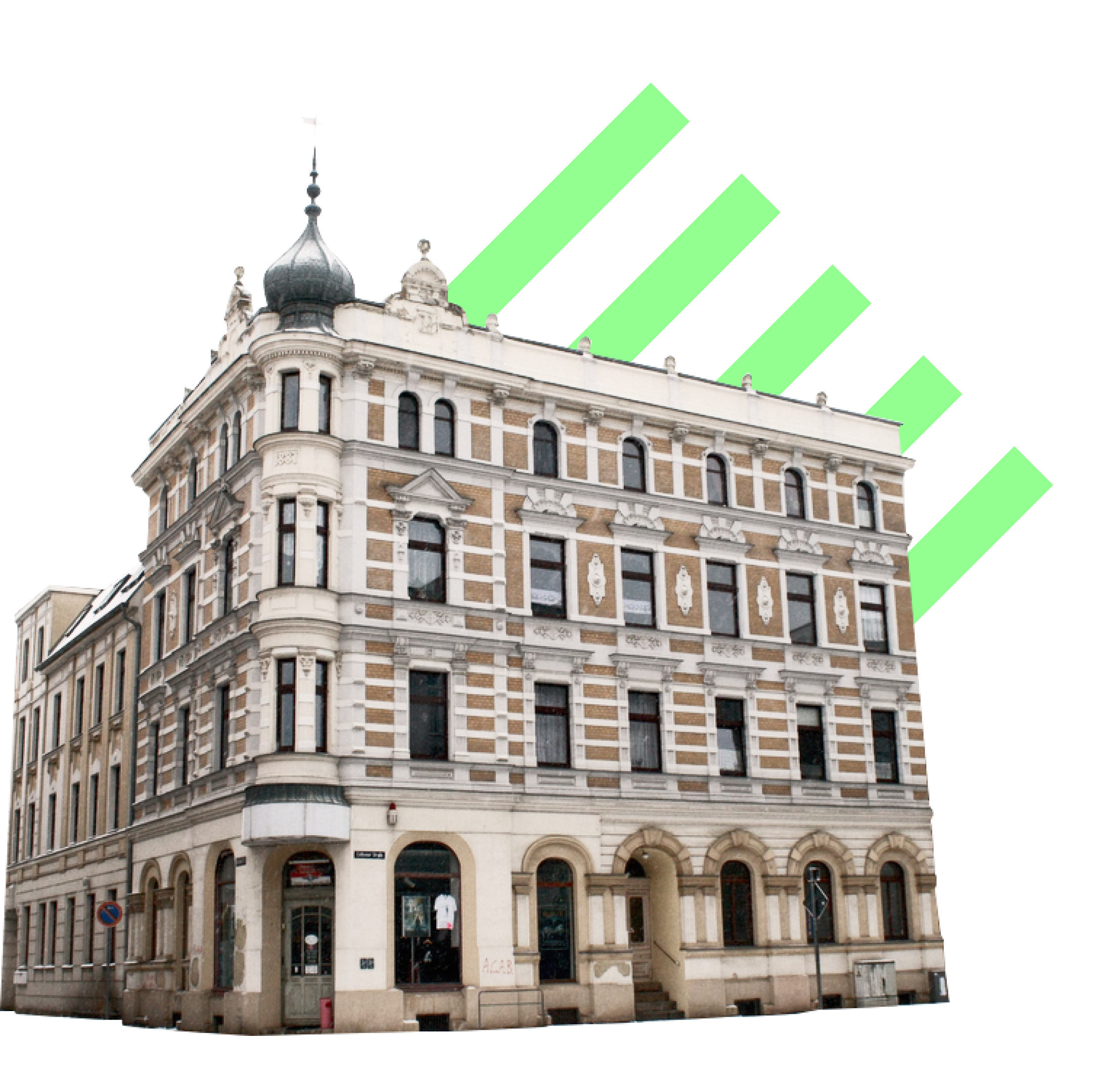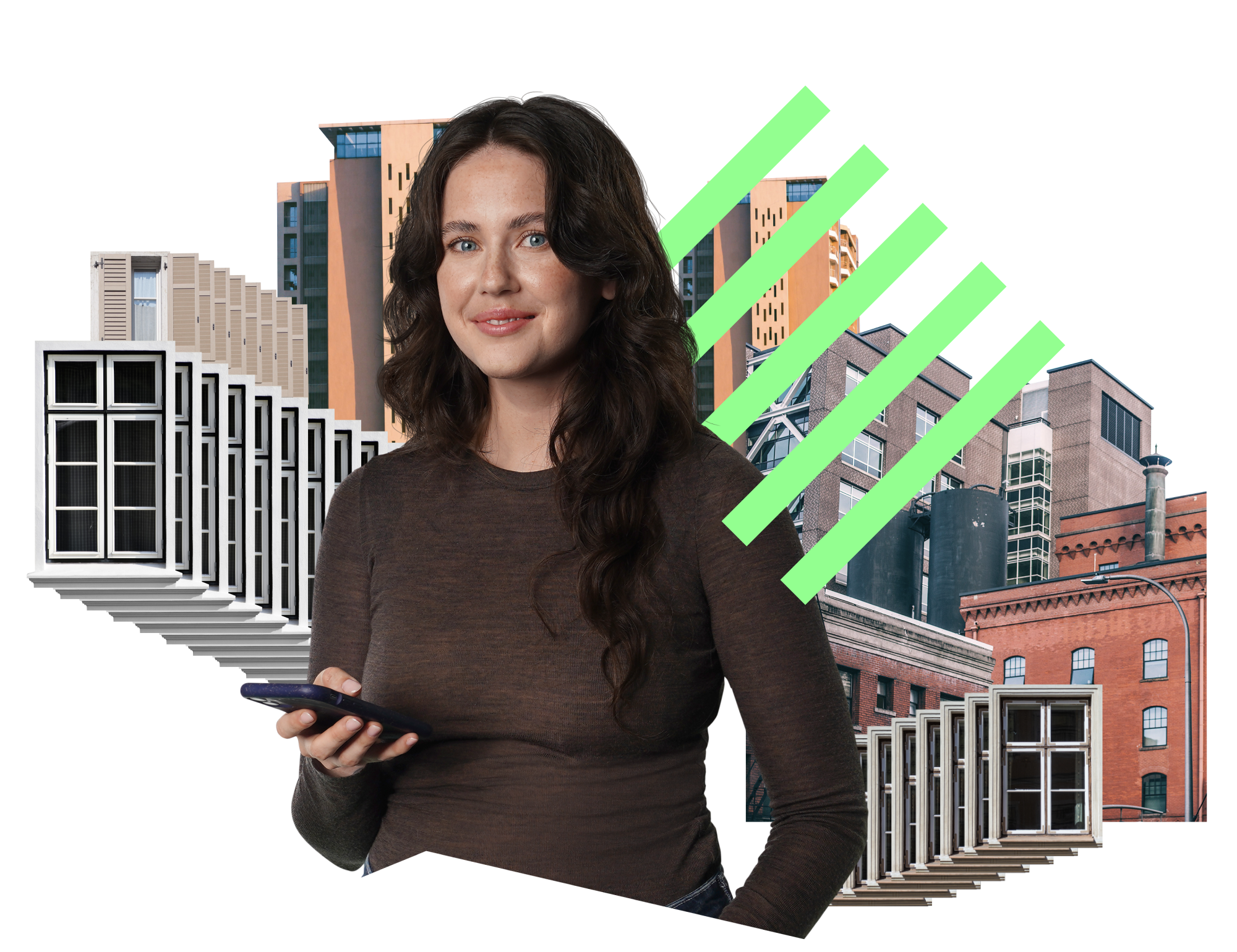Allocating Modernization Costs to Rent
Renovating an Apartment & Passing Costs on to Tenants — Here’s How 💡

In the real estate world and property management, modernization measures are a common topic — and one that’s important for both tenants and landlords. After all, even though these costs are often passed on to tenants, there are good reasons why tenants also benefit from (and even welcome) modernizations — despite the rent increase that comes with them.
In most cases, the costs of modernization are passed on to tenants. However, this isn’t unlimited — both parties have legally defined rights and obligations. In this article, you’ll learn what qualifies as modernization, how cost allocation works, and what landlords need to know about it.
- Definition
- Legal Basis
- Process
- Tax Deduction
- Tenant Protection
- Economic Viability
- Our Advice
- FAQ
What Are Modernization Costs and Why Do They Arise?
Modernization costs are investments made to improve a property, increase living comfort, or boost energy efficiency. In other words, they also increase the property’s value, which sets them apart from regular repair costs.
Unlike repairs, modernization measures serve the long-term appreciation of your property. Common examples include installing an energy-efficient heating system, renovating a bathroom, or replacing windows and doors. In multi-family buildings, modernization can involve a single apartment or the entire property — which naturally affects who bears the costs.
Legal Basis for Allocating Modernization Costs
The allocation of modernization costs is regulated by law. Under Section 559 of the German Civil Code (BGB), landlords may increase the annual rent by up to 8% of the modernization costs incurred for a unit. However, within six years, rent may not rise by more than €3 per square meter of living space (§ 559 (3) BGB).
In addition, planned modernizations must be announced in advance, and certain conditions must be met to pass costs on to tenants.
How Are Modernization Costs Passed on to Tenants?
Modernization costs are typically passed on through a modernization rent increase. The total cost of the project is distributed among the tenants of a building or individual units via rent adjustments.
Unlike other types of rent increases, tenants do not have to give explicit consent in the case of modernization. However, the landlord must announce the modernization in writing beforehand. Tenants then have a period to raise objections. Once that period has passed, landlords may begin the work and subsequently increase the rent.
If your property is managed by a special property management company (Sondereigentumsverwaltung), they typically handle this process. If the entire building owned by an owners’ association (WEG) is renovated, the process becomes part of the overall property management or .
Allocation of Modernization Costs in Multi-Family Buildings
In multi-family buildings, costs are divided based on each apartment’s share of the total living space. For example, if Apartment A measures 100 m² and Apartment B 80 m², the tenants of Apartment A would cover about 55% of the costs, while those in Apartment B would cover 45%.
Of course, tenants don’t pay these amounts directly — they are distributed indirectly through the rent. The total modernization costs determine the limits of allowable rent increases, making them a key factor in the process.
Example Calculation
To illustrate, let’s look at a multi-family building with three apartments undergoing modernization costing €30,000 in total. Apartment A is 120 m², Apartment B 90 m², and Apartment C 80 m².
The costs are allocated proportionally by living space:
Apartment A: 120 m² / (120 + 90 + 80) × €30,000 = €12,000
Apartment B: 90 m² / (120 + 90 + 80) × €30,000 = €9,000
Apartment C: 80 m² / (120 + 90 + 80) × €30,000 = €8,000
These amounts aren’t paid outright by tenants but are instead reflected in the rent increase based on square meters.
Deducting Modernization Costs for Tax Purposes
⚠️ For specific tax questions, it’s best to consult a tax advisor.
For landlords, modernization costs can often be deducted as advertising expenses, reducing taxable income.
For tenants, modernizations that improve energy efficiency might also result in tax benefits or lower energy costs.
Limitations on Rent Increases Due to Modernization
To protect tenants from excessive rent hikes, there are legal limits. Landlords may increase rent by up to 8% of modernization costs annually. In cases involving heating system replacements or improved insulation, the limit may rise to 11%, as these upgrades typically lower tenants’ energy costs — making the increase easier to manage and, in some cases, almost negligible. However, within six years, monthly rent may not increase by more than €3 per m², or €2 per m² if the rent was previously below €7 per m².
Tenants can also file a hardship claim (§ 559 (4) BGB) if the rent increase causes an unreasonable burden. Exceptions apply when the property is merely being brought up to standard or the modernization was necessary for reasons beyond the landlord’s control. If the rent increase is excessive, tenants also have the right to terminate the lease early.
Assessing the Economic Viability of Modernizations
Landlords should always evaluate the economic feasibility of planned modernizations. A cost-benefit analysis helps balance long-term gains against upfront expenses and potential energy savings. Many energy-efficient upgrades are also eligible for government subsidies that can reduce costs.
Still, the measures should fit the type and location of the property. For example, if your apartment is rented to students in a shared flat, where affordability and location matter most, installing premium parquet floors or an expensive designer bathroom likely won’t pay off — especially when utility costs are also rising. So, think carefully about which modernizations make sense for which property and in which neighborhood.
Before Increasing Rent Due to Modernization: Communication with Tenants
The allocation of modernization costs is a relevant topic for both tenants and landlords. On one hand, legal regulations provide protection and limitations to ensure that cost allocations remain fair and reasonable. That’s why it’s important to carefully assess the economic viability of any modernization measures to secure long-term benefits.
On the other hand, open communication with current tenants can also be valuable. Tenants sometimes have their own suggestions or requests for upgrades and may even be willing to share the costs through rent adjustments. The key is to be well-informed about the legal framework and tax implications surrounding modernization costs — and to make sure you have all the necessary information before taking action.


